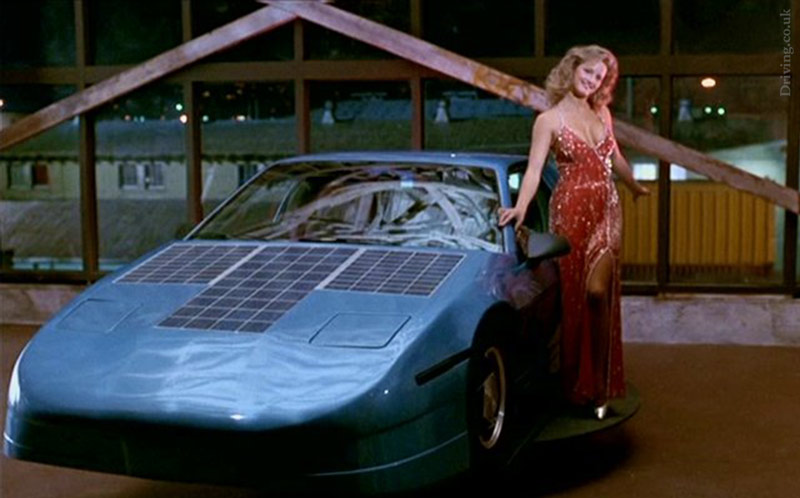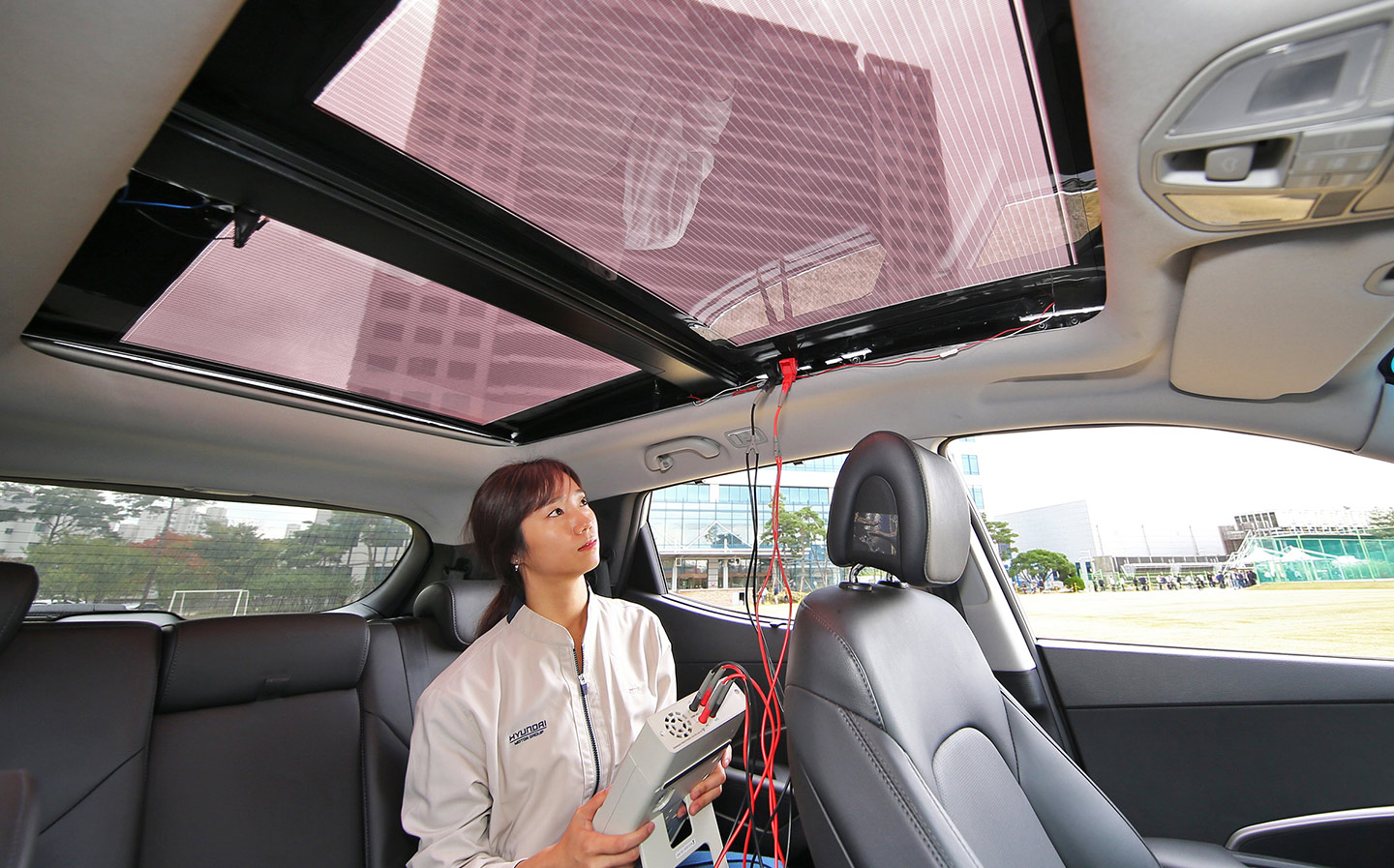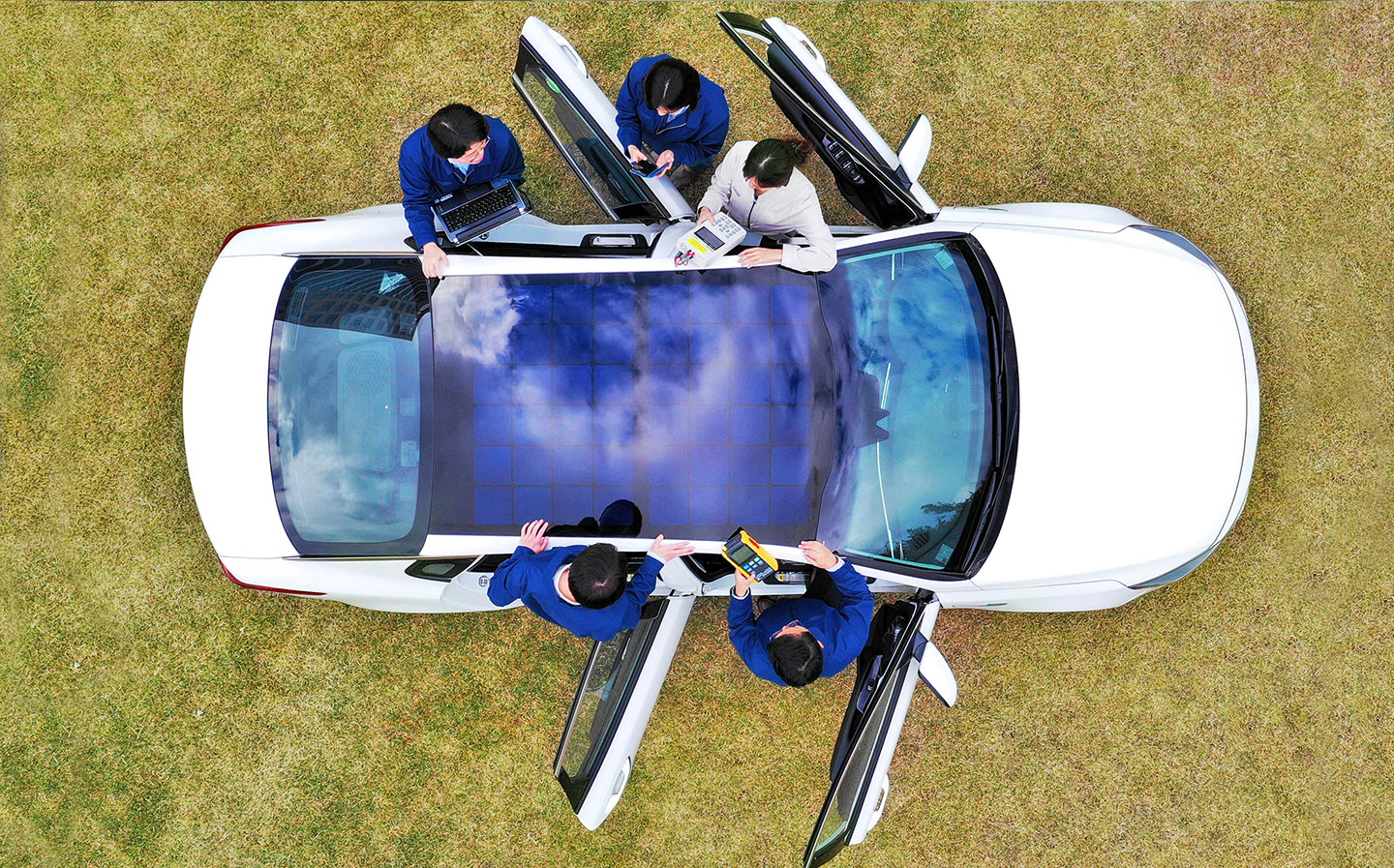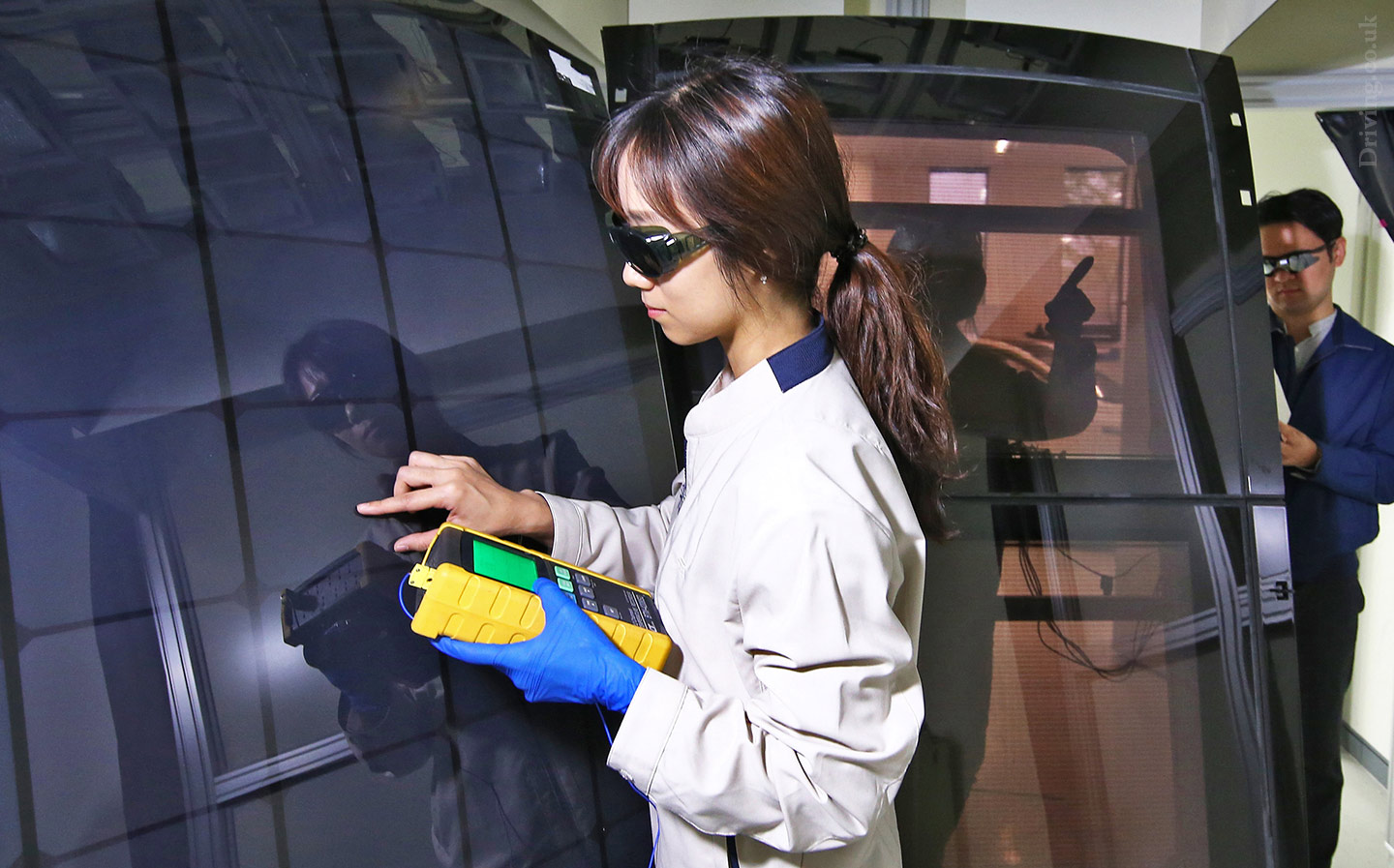Kia and Hyundai will fit cars with solar panels to help recharge
Will be fitted to EVs, hybrids, and even petrol and diesel cars
IT’S A vision from the futuristic electric car concepts of the 1970s and 1980s: electric cars covered in solar panels to help charge the batteries, allowing owners to waft around on sun power without ever needing to trouble an electrical socket.
The idea seemed sensible to the uninitiated but was ruled out with the latest generation EVs, other than as a way of powering the stereo or air conditioning system; the charge generated by photovoltaic cells was seen as too feeble to make a significant impact on the vehicles’ range.
Until now, that is.
Kia Motors and Hyundai Motor have announced plans to introduce solar panels to the roof or bonnet of selected internal combustion, hybrid and battery electric vehicles, increasing fuel efficiency and range. They will arrive on the company’s cars in three stages, from next year.
Hyundai Motor Group, which owns both car brands, says the first-generation system will be capable of charging a hybrid vehicle’s high voltage battery by 30-60% over the course of a normal day, depending on weather conditions and other environmental factors.
This will be followed by a second-generation system involving a semi-transparent solar roof that will be applied to traditional petrol and diesel vehicles, replacing a traditional panoramic sunroof. Applying solar charging systems to internal combustion engine vehicles is a world-first application for the technology, the company says, which will help these types of cars comply with ever more stringent emissions regulations.
The third-generation system, which is currently in testing, is designed to be applied to the bonnet and roof of pure-electric vehicles in addition to charging via a plug, in order to “maximise energy output”.

A solar-powered car, as featured in comedy movie The Naked Gun 2½: The Smell of Fear (Dir. David Zucker, Paramount Pictures, 1991)
Jeong-Gil Park, Executive Vice President of the Engineering and Design Division of Hyundai Motor Group, said: “In the future, we expect to see many different types of electricity-generating technologies integrated into our vehicles. The solar roof is the first of these technologies, and will mean that automobiles no longer passively consume energy, but will begin to produce it actively.
“It is an exciting development for us, designing a technology for vehicle owners to help them shift from being energy users to being energy producers.”
But don’t get too excited. A 100w solar panel can produce up to 100Wh of energy in ideal (“1 Sun”) conditions every hour, Hyundai says. Producing 1kWh would therefore take 10 hours, and fully charging the upcoming Kia E-Niro, with its 64kWh battery, would take 640 hours (nearly 27 days) using the solar panel alone.
But then again, even with the latest photovoltaic technology, no-one would expect to fully recharge a car via the sun. And to coin a popular marketing phrase, every little helps; if your car is sitting in the sunshine, why not trickle charge at the same time?







